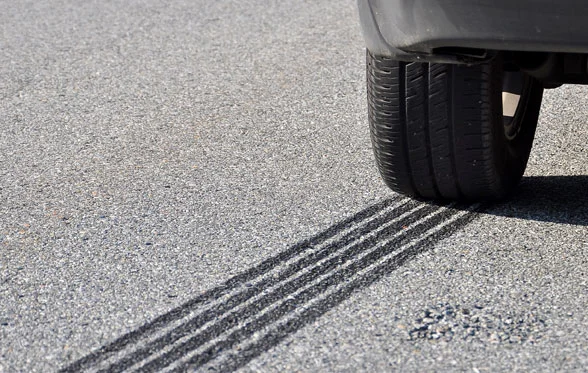On 7th February 2007, the European Commission announced that it planned to introduce mandatory limits on the carbon dioxide (CO2) emissions, which is directly related to fuel consumption, from light vehicles. Almost ten years ago, the European Union set itself a target of reducing the fleet average CO2 emissions from new passenger cars to 120 g/km by 2012. At that time, the European, Japanese and Korean car manufacturers signed up to voluntary commitments to reduce the fleet average CO2 emissions from new cars to 140 g/km by 2008/2009.
Whilst these voluntary commitments have led to a significant reduction in fleet average CO2 emissions from passenger cars (from 186 g/km in 1995 to 163 g/km in 2004), the European Commission have decided that it needs to introduce mandatory limits to ensure that its target of 120 g/km is reached by 2012. To reach this target, the European Commission are proposing a mandatory average CO2 limit for new passenger cars of 130 g/km, with the remaining 10 g/km reduction being achieved by "other technological improvements and by an increased use of biofuels".
After much consultation, on 19th December 2007, the European Commission finally published its proposal for a Regulation on mandatory CO2 emissions limits for passenger cars, which specifies that, from 2012, each vehicle manufacturer must achieve an average CO2 emissions limit equivalent to 130 g/km for all of the passenger cars it registers in the European Union or face hefty fines.
The proposed Regulation applies to all M1 category vehicles (i.e. vehicles designed and constructed for the carriage of passengers, with no more than 9 seats), except Special Purpose Vehicles (i.e. motor caravans, armoured vehicles, ambulances, hearses and wheelchair accessible vehicles). However, independent vehicle manufacturers who register less than 10,000 new cars in the European Union per year can apply for a derogation to meet a less stringent CO2 emissions limit.
In this proposal, the European Commission have chosen to specify CO2 limits which are directly related to the vehicle's unladen mass (e.g. lighter cars are required to meet a more stringent CO2 emissions limit than heavier cars), rather than one specific limit. The reason for this is that, if the 130 g/km limit were applied to all vehicle manufacturers, those manufacturers which produce larger, heavier cars would be at a disadvantage compared to those manufacturers which produce smaller, lighter cars. Therefore, the proposed Regulation includes a formula which allows specific CO2 emissions limits to be calculated for each vehicle, based on its unladen mass, whilst ensuring that the overall European fleet will meet the 130 g/km target.
The proposal requires that, when any new car is first registered within the European Union, its unladen mass and its CO2 emissions figure (as specified on its Certificate of Conformity) must be recorded. Once the information for all of the vehicles registered throughout the European Union in a full year is available, the average vehicle unladen mass for each vehicle manufacturer will be calculated. This figure will be used to calculate the specific CO2 emissions target for that vehicle manufacturer, using the formula specified in the proposed Regulation, and then compared with the actual average CO2 emissions performance for that manufacturer's vehicles.
The Commission will begin this monitoring process in 2010, but fines for not meeting specific emissions targets will not begin until 2012. The amount of the fine will be based on the amount by which the vehicle manufacturer failed to meet its CO2 emissions target (in g/km), multiplied by the number of vehicles registered by that manufacturer in the European Union, multiplied by the "excess emissions premium" for that year. For 2012, the excess emission premium is proposed to be €20. This increases to €35 for 2013, €60 for 2014 and €95 for 2015 and subsequent calendar years.
Example:
A vehicle manufacturer which registers 200,000 new cars in the European Union in 2012, but fails to meet its CO2 emissions target by 3 g/km would face a fine of €12,000,000.
i.e. 3 g/km x 200,000 cars x €20 = €12,000,000
